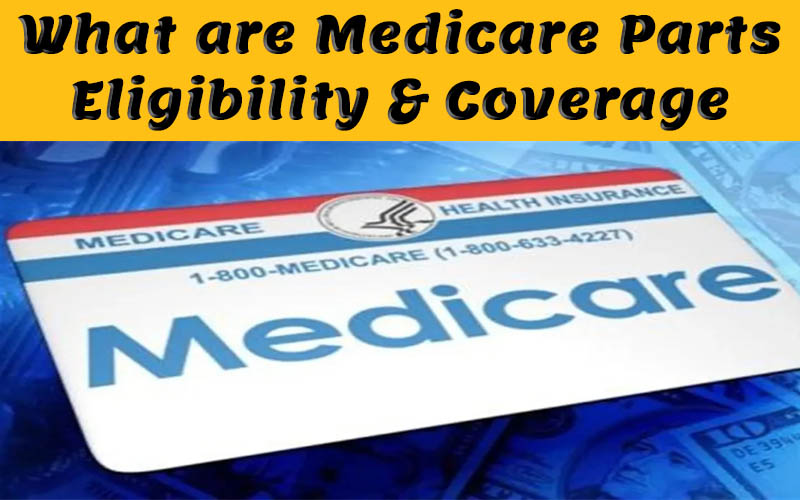Explore the impact of rising prices under the Trump administration, focusing on essential goods like eggs and gas, and how it affects consumers and markets.

As President Donald Trump embarks on his second term, the U.S. economy is facing substantial challenges, marked by rising inflation and surging prices for everyday essentials like eggs and gas. What does this mean for consumers and industries alike? This article unpacks the multifaceted implications of these price hikes, revealing the underlying factors at play.
Read Also – 👉👉Elon Musk’s Social Security Fraud Claims Ignite Controversy and Debate👈👈
Understanding the Economic Landscape Under Trump
The Price Tag on Essentials: Eggs and Gas
Have you noticed the rising prices at your local grocery store or gas station? Under President Trump’s administration, the cost of essentials has climbed significantly, leaving many families to wonder how they will manage their budgets. From skyrocketing egg prices—partly due to health crises affecting poultry supply—to fluctuating gas prices impacted by energy policies, consumers are feeling the pinch. Economic pressures, particularly from tariffs and trade tensions with countries like China, have trickled down to affect everyday items. Essentially, tariffs increase the costs of imported products, which are then adjusted to consumers, leading to higher grocery bills and fuel expenses.
Avian Flu and Its Impact on Poultry Pricing
One particularly impactful factor contributing to rising egg prices is the avian flu outbreak. This devastating health crisis has diminished poultry production, leading to a scarcity of eggs. Much like a game of dominoes, when one aspect of the supply chain falters, it causes a ripple effect, raising prices and affecting availability across the board. The poultry industry faces significant challenges, as farmers grapple with reduced output and the consequent financial pressures. Greater costs for disease control measures add to these challenges, threatening not just farmers’ livelihoods but also consumers’ ability to purchase these staples.
Tariffs and Their Role in Inflation
Delving deeper into economic policy, tariffs have played a pivotal role in the inflation equation. President Trump’s ‘America First Trade Policy’ aims to rectify trade imbalances but often at the expense of American consumers. When new tariffs are implemented, prices for imported goods soar, creating a challenging environment for families already managing tight budgets. It’s a tightrope walk—how to protect American industries while ensuring that everyday consumers aren’t left scrambling due to inflated prices.
The Ripple Effect on Consumer Confidence
Rising prices extend beyond mere numbers; they directly impact consumer behavior. With egg, meat, and gas prices climbing, families may begin tightening their belts, leading to reduced spending in other areas. Consumer confidence, a critical component of economic growth, can take a hit when families feel financially strained. When budgets are tight, you have to prioritize—not everyone can fork out extra cash for essentials without it affecting other parts of life. This reduction in discretionary spending could have broader implications for the economy.
The Broader Economic Impact
Industry Challenges Amidst Rising Costs
Industries are also navigating these turbulent waters. The poultry sector is experiencing turmoil due to both the avian flu and increased operating costs. These challenges may force smaller farms to close their doors, reducing competition and innovation in the market.
The Energy Sector and Gas Prices
On the energy front, gas prices fluctuate due to global dynamics. Although Trump’s administration has pushed for increased domestic oil production, external factors like OPEC decisions and geopolitical tensions can still swing prices at the pump.
Controversy and Debate Surrounding Economic Policies
Debates on Trade Policies
The effectiveness of President Trump’s economic policies remains a hotbed of conversation. Critics argue that tariffs exacerbate consumer costs, creating economic inefficiencies. On the flip side, supporters assert that these measures are essential for protecting American jobs and industries.
Environmental and Public Health Concerns
Additionally, the administration’s deregulation efforts, aimed at stimulating growth, raise concerns over environmental and health impacts. Striking a balance between promoting business and ensuring public welfare is indeed a knotty issue.
Looking Ahead: Future Implications for American Consumers
What Lies Ahead for Prices?
As the administration molds its economic future, several key areas need close monitoring. 1. **Trade Negotiations:** Continued discussions could either ease or exacerbate inflation—success could mean lower prices, while failure may lead to increased costs. 2. **Fiscal Policy Dynamics:** Tax cuts could stimulate growth, but they might also contribute to a growing national debt. 3. **Crisis Management:** Tackling health crises like avian flu effectively is crucial for stabilizing the food supply and prices.
The Federal Reserve’s Role
Lastly, keep an eye on the Federal Reserve. Their forthcoming actions in response to inflationary pressures will likely play a decisive role in balancing economic growth with price stability.
Conclusion
In summary, the impact of rising prices under the Trump administration illuminates a web of complex economic interactions driven by policy decisions, global influences, and unexpected health emergencies. As consumers tighten their budgets and industries wrestle with the fallout of fluctuating prices, the future of the American economy needs careful navigation. The next few months will determine whether these challenges will resolve or reflect deeper issues requiring new solutions.
FAQs about Rising Prices Under Trump
Why are egg prices rising significantly?
Egg prices are soaring mainly due to an avian flu outbreak that has reduced poultry production, along with inflationary effects from tariffs.
What factors influence gas prices in the U.S.?
Gas prices are influenced by global oil production levels, geopolitical tensions, as well as U.S. domestic energy policies.
How do tariffs affect consumer prices?
Tariffs raise the cost of imported goods, which translates to higher prices for consumers as businesses pass on increased expenses.
What can consumers expect in terms of future prices?
Future prices will depend heavily on trade negotiations, the effectiveness of crisis management, and Federal Reserve actions regarding interest rates.
Related Videos
Read Also –
This article is intended for informational purposes only and does not constitute professional advice.
Hey! I hope you enjoyed reading this! If you did, could you do me a small favor and hit the like button? It would mean a lot to me and help me reach more people. Thank you so much! Got any thoughts on this post? Drop them in the comments below!
How many stars would you give for my effort?




